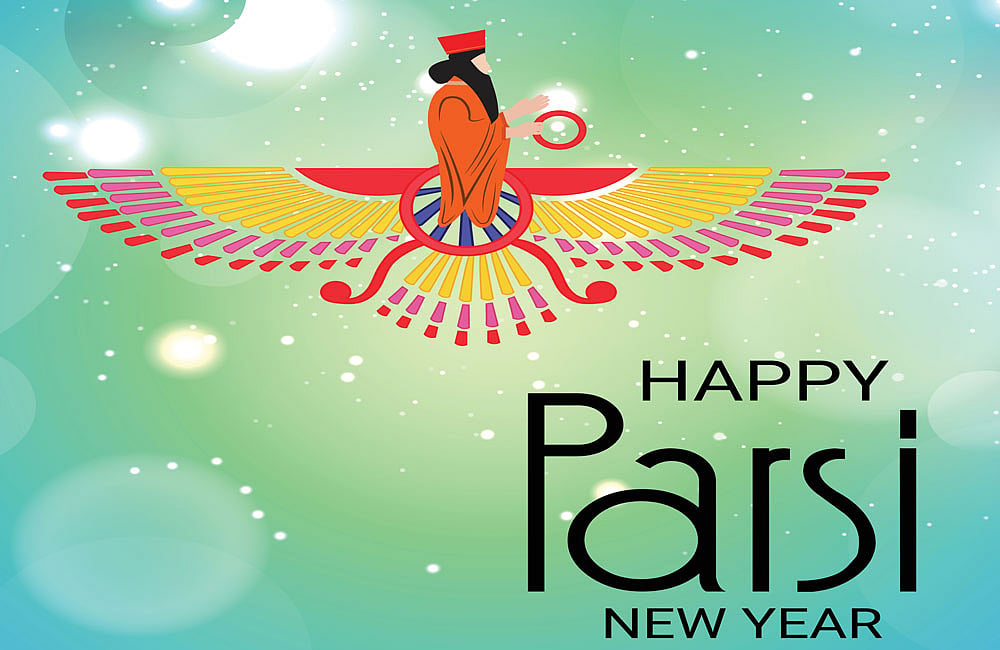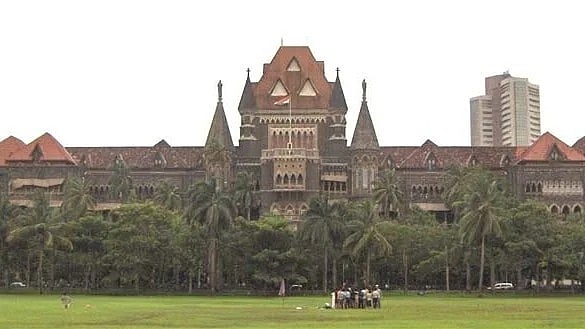The Parsis, the largest minority community globally and in India, are all set to commemorate their New Year, or 'Navroz' on August 16 this year. Parsis commemorate this day with tremendous enthusiasm and fervour.
2 New Years
The Parsi community celebrates the New Year twice annually, due to the presence of two different calendars within the community. The first one, known as 'Jamshedi Navroz,' aligns with the Iranian calendar and occurs during the spring equinox. The second one, known as 'Shahenshahi Navroz,' follows the Shahenshahi calendar introduced by the ancient Sassanian King and falls on August 16, which marks the beginning of the Iranian calendar year and usually falls on the first day of the month of Farvardin.
History
This vibrant celebration traces its origins back 3,000 years to the reign of the illustrious Emperor Jamshed, who introduced a new calendar in Persia. As a result, Pateti is also known as Jamshedi Navroz or Navroz. This festive occasion is observed not only in the Middle East and South Asian countries like India and Pakistan but also in the USA.
According to the Gregorian calendar, Pateti falls in the month of August and coincides with the spring equinox when both the North and South poles receive equal sunlight, resulting in a balanced day and night.
Traditions
On this day, Parsis don traditional attire and visit the fire temple, also known as the 'Agiary,' where offerings of milk, flowers, fruits, and sandalwood are made to the sacred fire.
The festivities revolve around the "Four Fs": Fire, Fragrance, Food, and Friendship. The occasion involves indulging in delectable Parsi cuisine, exchanging greetings, and sharing gifts.
Food
A wide array of dishes, including fish, chicken, mutton, daan, and desserts, are prepared to mark the day. Beyond its celebratory nature, Pateti also serves as a day of repentance, allowing individuals to reflect on and seek forgiveness for the past year's transgressions, encompassing wrong words, thoughts, and deeds. It serves as a time for mental purification and embarking on the new year with love and harmony.
As symbols of prosperity and longevity, it is customary to adorn the festive table with auspicious items, including a sacred book, candles, a mirror, an image of Zarathustra, incense sticks, fruits, flowers, coins, and a bowl with a goldfish. This rich symbolism reflects the desire for a year filled with positive energies.










